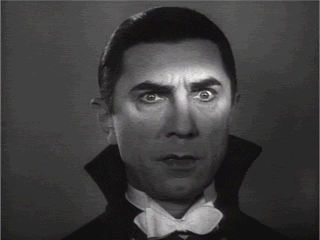
There comes a time for most artists when they finally scrape the bottom of the creative barrel clean. At that point, they can call it a career and rest on the laurels of their accomplishments. Or they can regurgitate their once innovative ideas or style, diluting the formula a bit more each subsequent go-around.
Jay-Z, arguably the most gifted rapper of the modern era, if not the most prominent, has chosen the second option. When Jay allegedly concluded his career with the 2003 Black Album, he left a track record and discography that backed his claims to title of “best rapper alive.”
His 2006 return to the studio gave us Kingdom Come and questions as to why Jay was tarnishing his legacy with such a lethargic, uninspired effort. The 2007 concept album based on the Denzel Washington film American Gangster produced a more fluid and focused Jay-Z.
With The Blueprint 3, the final installment of the Blueprint trilogy, Jay reverts to Kingdom Come form.
The album’s lead single “D.O.A. (Death of Auto-Tune)” teased an album determined to separate itself from the mediocrity that makes up most of today’s mainstream rap scene. Intended to criticize the gimmicky nature of today’s rap music, Jay sounds like an old guard of rap who refuses to stand pat as others make a mockery of the genre he loves.
He comes out slinging lines such as, “I know we facin’ a recession, but the music ya’ll makin’ gonna make it the Great Depression.”
Unfortunately, most of Blueprint 3 fails to build on this concept in a manner that doesn’t make Jay look like the cantankerous old man demanding that these damn kids stay off his lawn.
When Jay-Z isn’t awkwardly reminding us of his greatness, he’s incorporating elements that contradict the principles of “D.O.A.”
Arrogance is a necessity in most hip-hop and Jay has built a career by masterfully conveying his strong points. This cleverness is mostly absent on Blueprint 3, as Jay resorts to lazy tactics such filling space by reciting each year since his 1996 debut. Jay chides the overuse of the auto-tune voice distorter, but complicates the stance by with an appearance by flavor-of-the-month rapper Drake and his usage of Rihanna in a role she’s done dozens of times elsewhere.
Jay-Z long ago cemented his legacy with his contributions to hip-hop. As difficult as it probably is for him to view those contributions in a past tense, it’s time for Jay to consider the ramifications of bogging down that legacy with lackluster outputs such as Blueprint 3.




